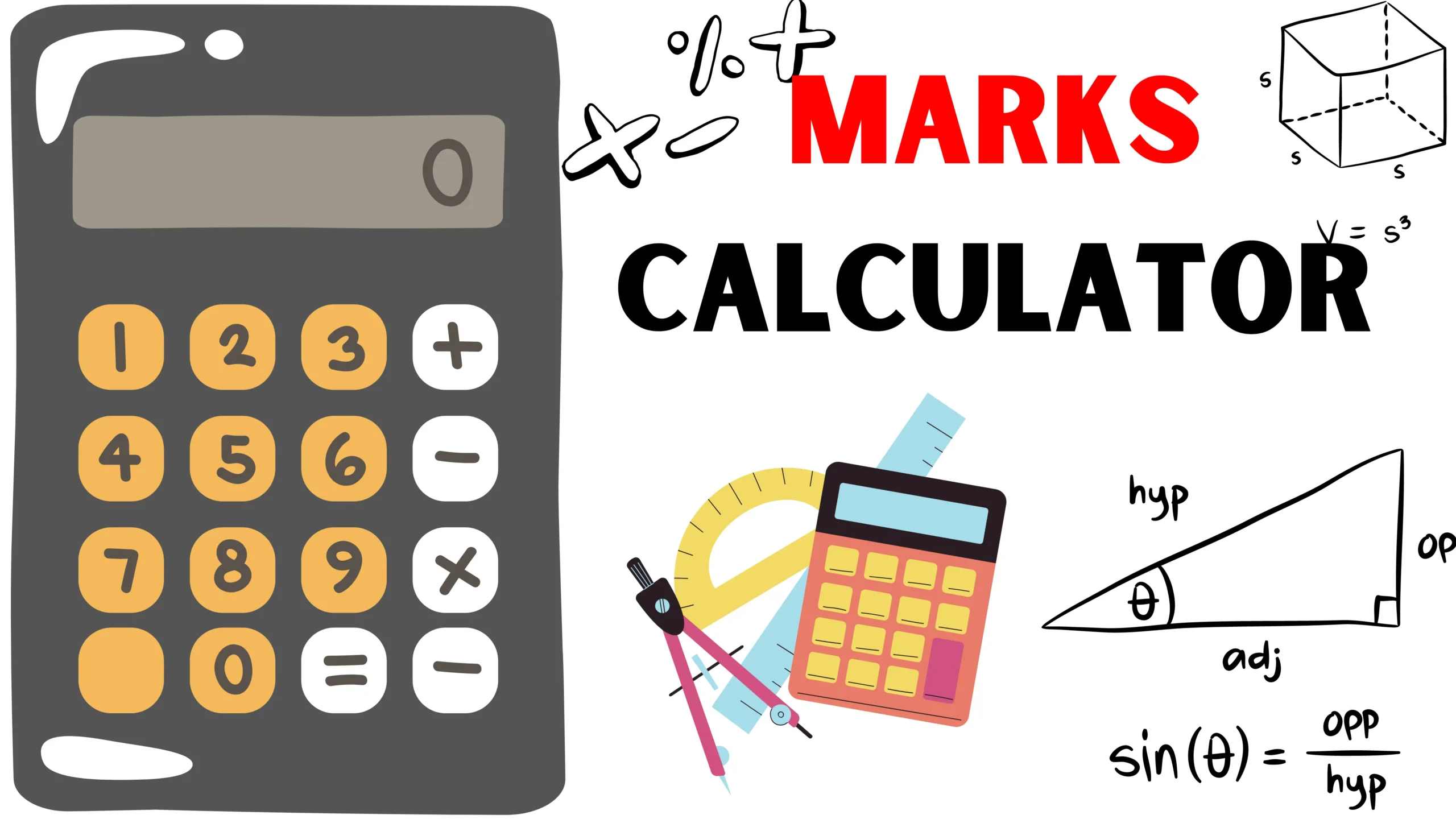Calculate your exam score accurately with our free Negative Marking Calculator. Perfect for UPSC, SSC, NEET, and other competitive exams.

Instant notifications for the latest government exam vacancies, admit cards, results, syllabus updates, and quick apply links — all in one place to speed up your success.
UPSC (Union Public Service Commission) is one of the most prestigious exams in India. It is conducted in three stages – Prelims, Mains, and Interview. The Prelims exam is the first stage and is a screening test consisting of two objective-type papers – General Studies Paper 1 and General Studies Paper 2.
The exam has negative marking, where 1/3rd of the marks allotted to a question will be deducted for each incorrect answer. Therefore, it is important to calculate the marks accurately to estimate the performance in the exam.
To calculate the marks for UPSC Prelims with negative marking, use the formula:
Total Score = (Number of Correct Answers × Marks per Correct Answer) - (Number of Incorrect Answers × Marks Deducted per Incorrect Answer)
Example: If the exam has 100 questions, each carrying 2 marks, and you attempted 80 questions, of which 20 are incorrect, then:
(60 × 2) - (20 × 2/3) = 106.67 out of 200
You can also use our online negative marking calculator to calculate your UPSC Prelims score easily. Many websites offer free and easy-to-use calculators for this purpose.
In conclusion, calculating marks accurately for UPSC Prelims with negative marking is essential for estimating performance and preparing for the next stages effectively.
A negative marking calculator online helps students and candidates estimate their scores in competitive exams with negative marking systems. These calculators provide an accurate idea of scores by considering both correct answers and marks deducted for incorrect answers.
💡 This calculator supports negative marking of 1/2, 1/3, 1/4, and up to 1/8.
Candidates simply enter their correct and incorrect answers, along with the marks awarded and deducted per question. The calculator then computes the expected score automatically.
Many online education platforms and exam preparation websites provide these calculators as a free tool to help candidates strategize their exam approach and minimize negative marking impact.
A negative marking calculator works by taking into account the negative marking system of a particular exam and calculating the expected score of a candidate based on the number of correct and incorrect answers they have given.
The calculator typically asks the user to input the following information:
Once this information is entered, the calculator uses the following formula to calculate the expected score:
Obtained Score = (Number of Correct Answers × Marks per Question) - (Number of Incorrect Answers × Marks per Question × Marks Deducted per Incorrect Answer)
Suppose a candidate has attempted 100 questions in an exam, answering 70 correctly and 30 incorrectly. The exam has a negative marking system where 1 mark is awarded for each correct answer and 0.25 marks are deducted for each incorrect answer. The expected score can be calculated as:
Obtained Score = (70 × 1) - (30 × 0.25) = 67.5 marks
A negative marking calculator saves time and reduces the possibility of errors in manual calculations. It helps candidates understand the impact of negative marking on their overall score and plan their exam strategy accordingly.
This calculator can be used by anyone who wants to calculate their marks with or without a negative marking scheme. Follow these simple steps to calculate your score:
Several competitive exams in India follow the negative marking system, where marks are deducted for incorrect answers. Some of the prominent exams with negative marking include:
Joint Entrance Examination (Main) - 1 mark deducted per wrong answer
1/3rd of the marks deducted per wrong answer
Staff Selection Commission - 0.5 marks deducted per wrong answer
Being aware of negative marking in these exams is crucial to strategizing and minimizing mark deductions due to incorrect answers.
A negative marking calculator is an online tool that helps candidates calculate their expected score in an exam that has negative marking. It takes into account the marks awarded for each correct answer and the marks deducted for each incorrect answer to provide an estimated score.
The accuracy of negative marking calculators depends on the correctness of the input data. If the data is accurate, the calculator provides an accurate estimated score.
Yes, they help candidates understand the impact of negative marking on their score and strategize accordingly.
Input the number of correct answers, incorrect answers, marks awarded per correct answer, and marks deducted per incorrect answer. The calculator will then provide an estimated score.
They can be used for exams with negative marking, but since systems vary, users must ensure the calculator suits the specific exam.
It depends on confidence level. If unsure, it's better to leave it unanswered to avoid losing marks.

Always double-check your inputs for accurate results.
Understand your exam's marking scheme before using the calculator.
Use the calculator to strategize your exam approach.
Don't guess randomly in exams with high negative marking.